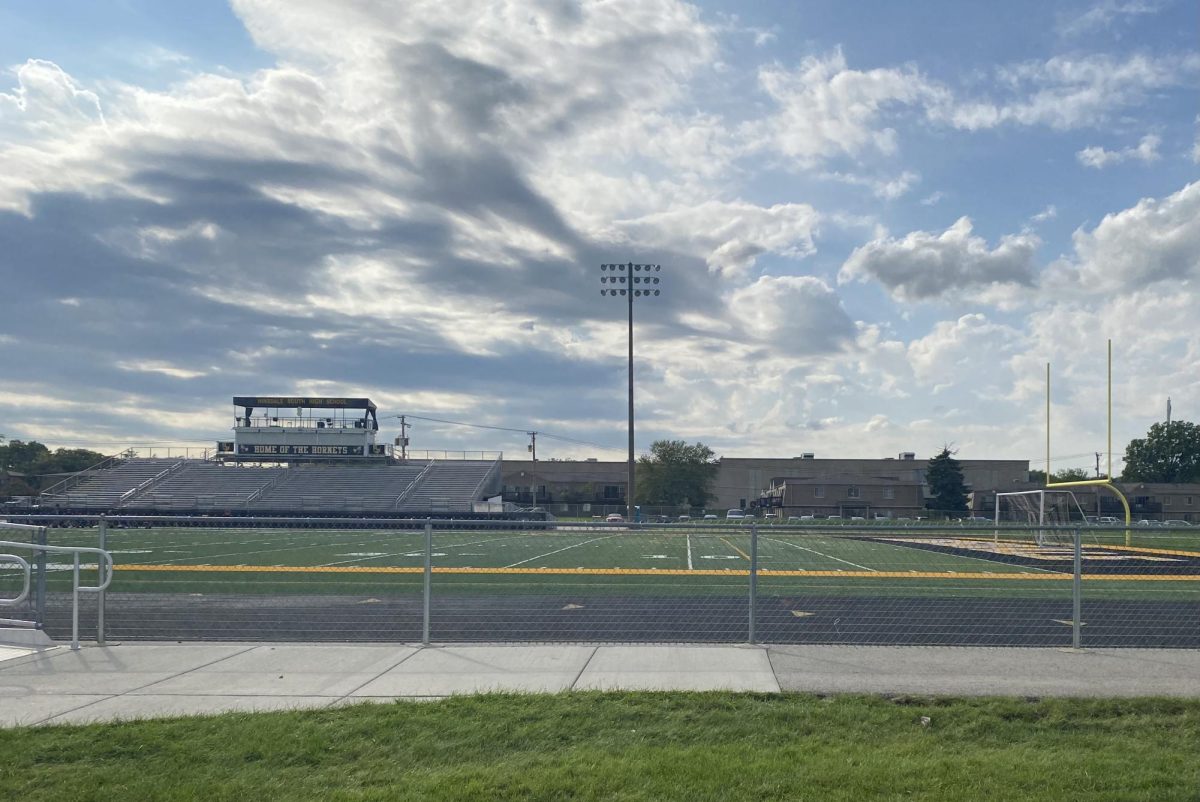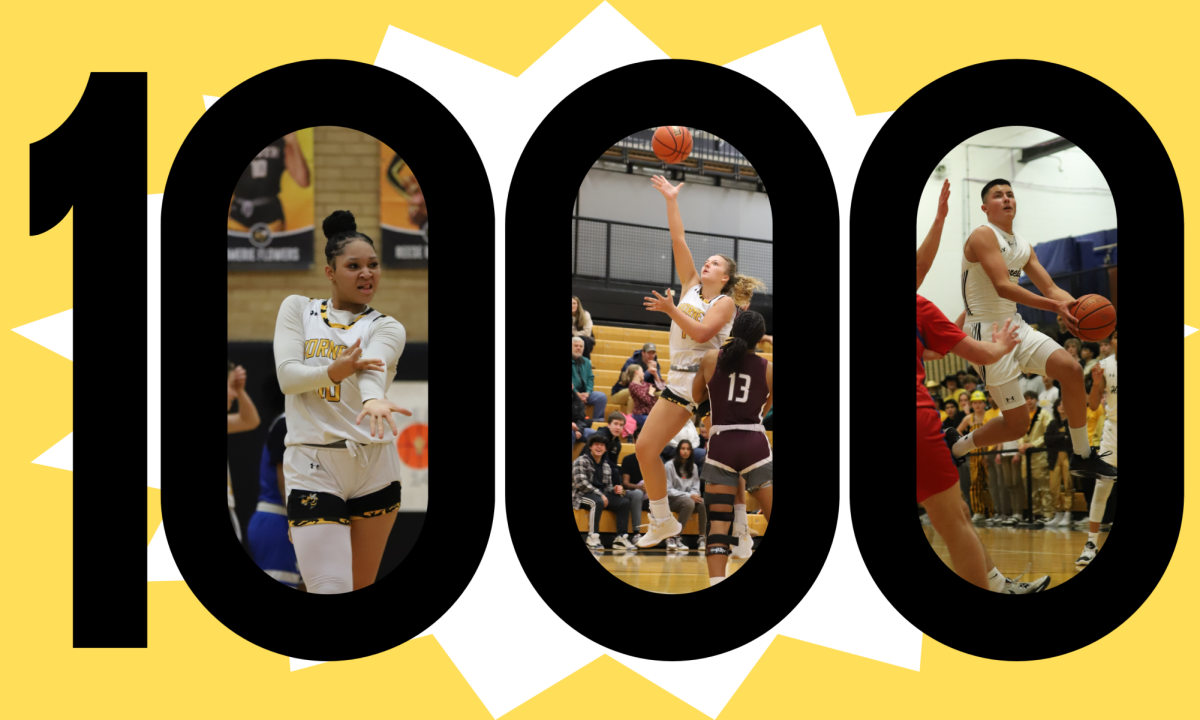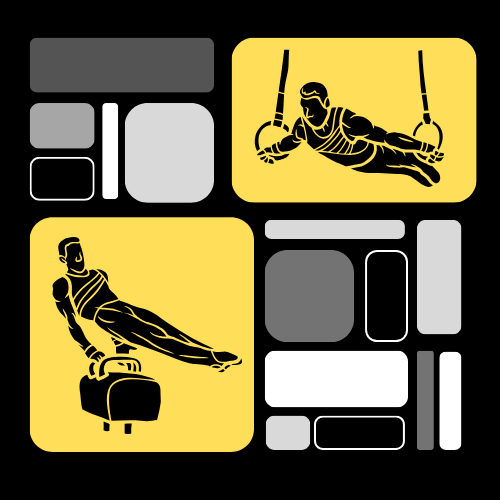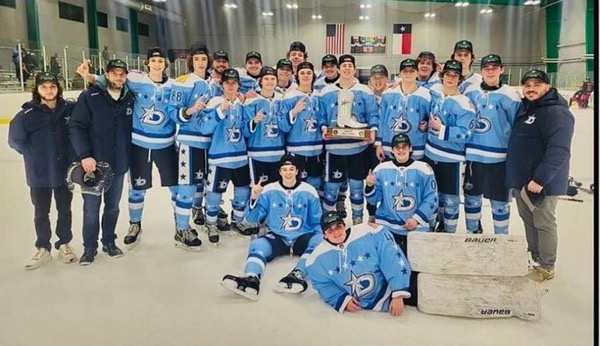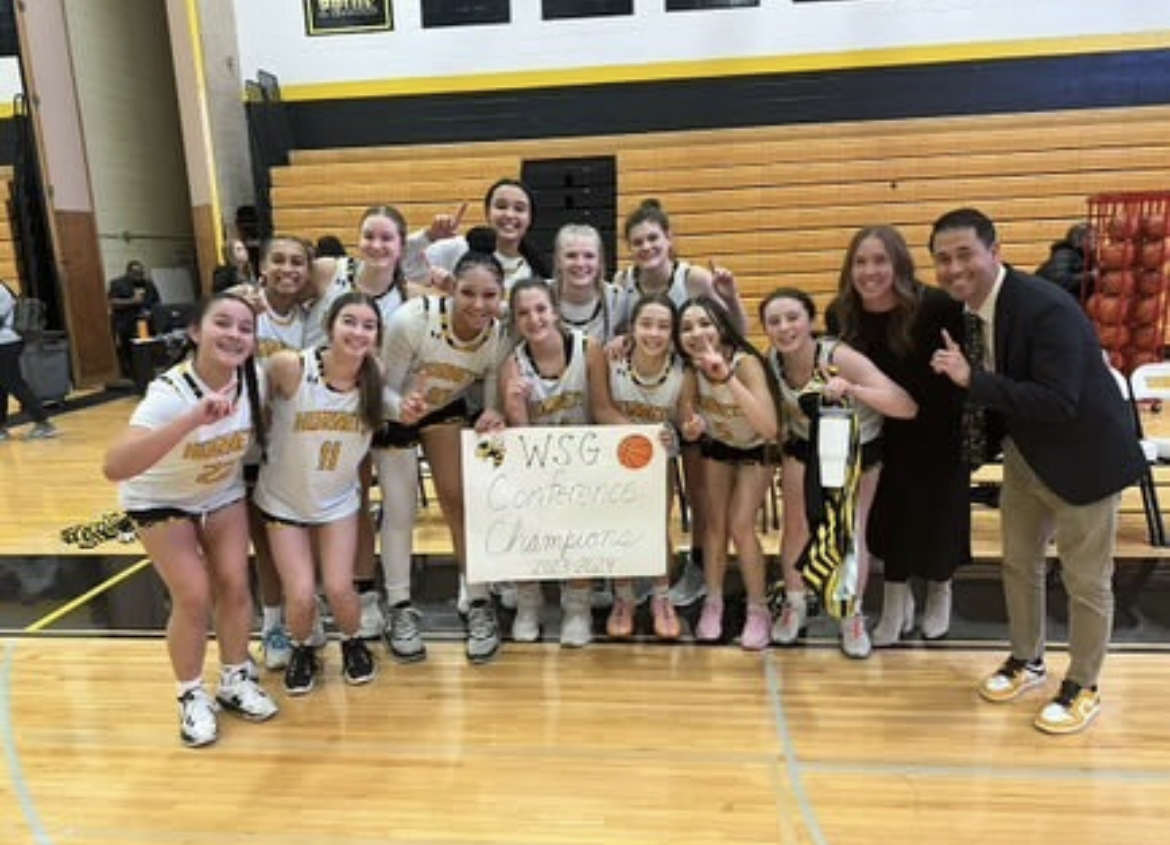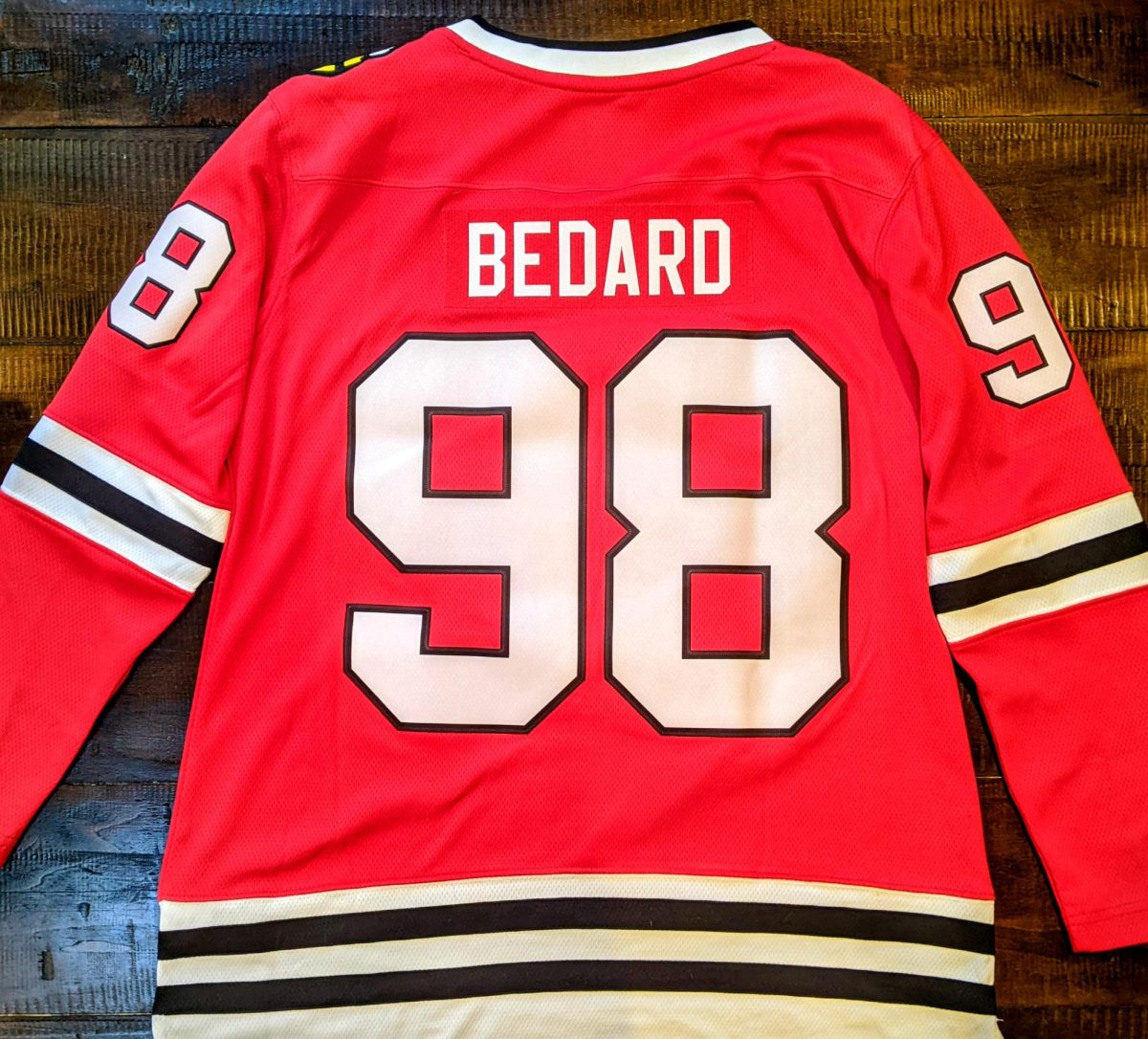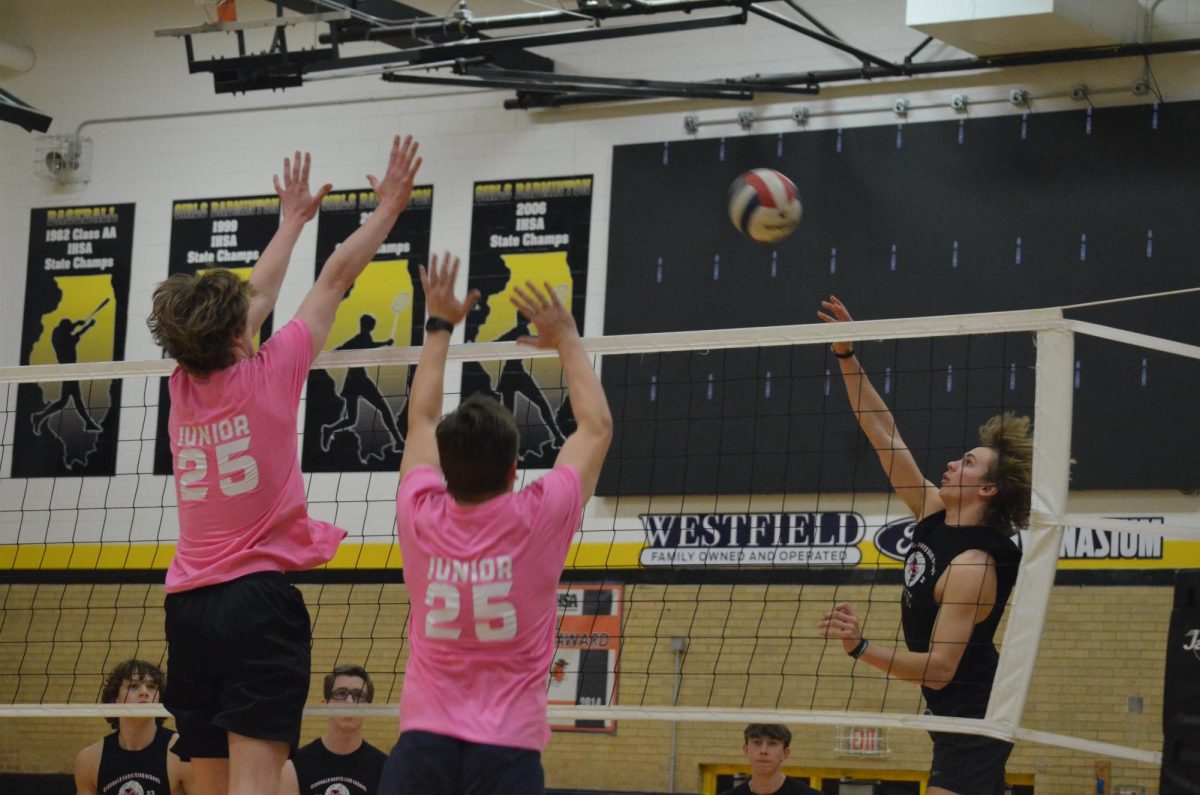Optimistic fans filled the seats of Metlife Stadium on September 11, 2023. For the first time in years, it seemed as if the New York Jets had finally found a competent quarterback. After an offseason full of anticipation, the Jets had good reason to believe that 2023 would finally be the year they would end their 12-year playoff drought under the leadership of Aaron Rodgers, four-time NFL MVP and widely regarded as one of the greatest players to ever play the game of football.
Four snaps into the drive, Rodgers fell to the ground and was carted to the locker room. An MRI the next day revealed Rodgers suffered a complete tear of his left Achilles, ruling him out for the rest of the year. Just like that, Jets fans’ hopes and aspirations for the season vanished. What was supposed to be a season of triumph after years of futility turned into disaster.
In the aftermath of Rodgers’ injury, there has been a debate among NFL experts over whether playing on a turf field could have contributed to it. After all, Rodgers spent nearly two decades playing on grass with the Green Bay Packers before being traded to the Jets earlier this year.
J.C. Tretter, president of the National Football League’s Player Association (NFLPA), has repeatedly voiced his concerns about playing on turf. Following Rodgers’ injury, these concerns have once again reached the mainstream media. In a message to league officials, Tretter describes why playing on a turf surface is so much more conducive to injuries than grass.
“First, a bit of physics: Professional football players put extremely high levels of force and rotation onto the playing surface. Grass will eventually give, which often releases the cleat prior to reaching an injurious load. On synthetic surfaces, there is less give, meaning our feet, ankles and knees absorb the force, which makes injury more likely to follow,” Tretter wrote.
Later on, Tretter cites NFL injury data collected from 2012 to 2018. According to the data, non-contact lower extremity injuries occur 28% more frequently on turf than grass. Non-contact knee injuries are 32% more frequent, and non-contact foot and ankle injuries are an incredible 69% higher.
Finally, Tretter suggests that all NFL teams change their practice field and stadium surfaces to solely natural grass. Anecdotal accounts from players and statistical research has shown that grass surfaces both reduce the risk of injury and are easier to play on as compared to their turf counterparts.
Currently, fifteen out of thirty (50%) of NFL stadiums use grass surfaces.
https://nflpa.com/posts/only-natural-grass-can-level-the-nfls-playing-field

